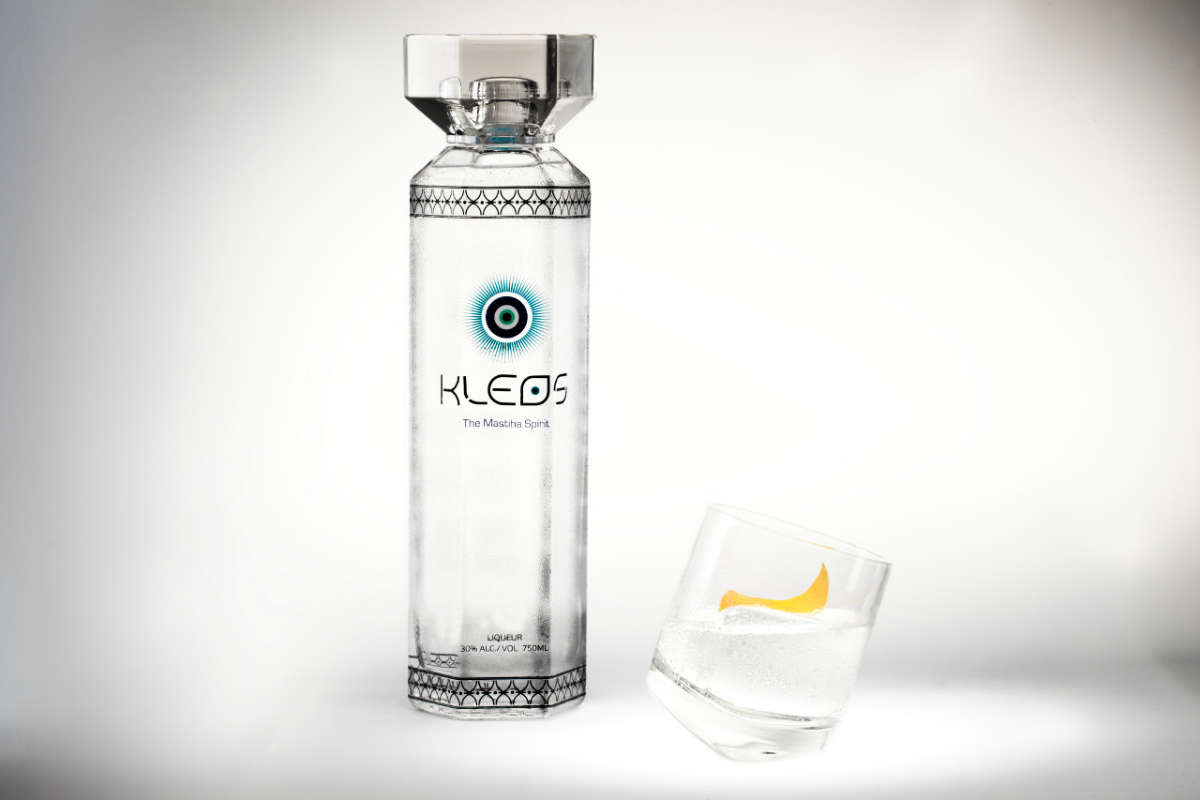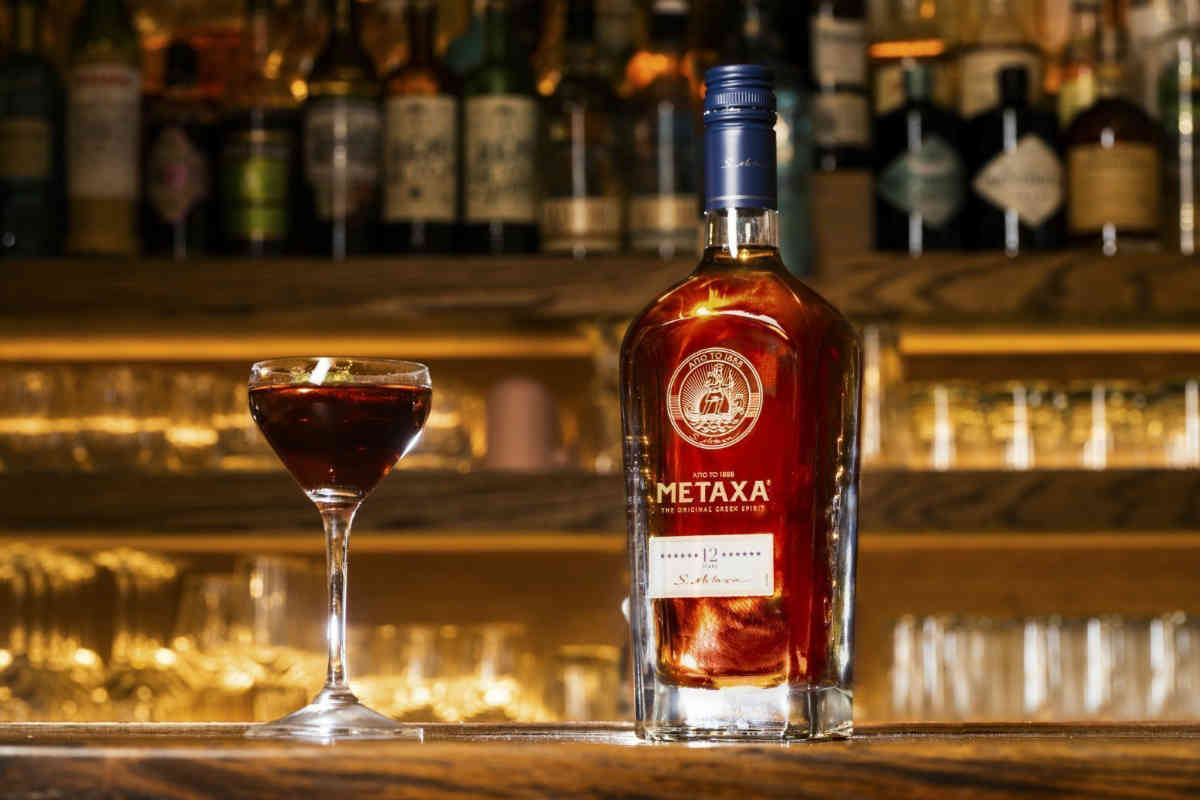For many American drinkers, the question of Greek spirits begins and ends with Ouzo. However, the world of Hellenic distilling contains multitudes beyond that divisive anise aperitif. Two examples can quickly be found in the form of Metaxa and the cryptic category of Mastiha liqueurs.
To learn more about each, I spoke with Effie Panagopoulos, a Greek-American originally from Boston who is in a unique position to speak about both. From 2007-2011, Panagopoulos served as a national brand ambassador for Metaxa, and is today the founder and CEO of her own Mastiha liqueur brand, Kleos.
What Is Metaxa?

Effie Panagopoulos
Metaxa is a Greek spirits brand first founded in 1888 by Spyros Metaxa. Today it produces seven varieties of Metaxa, which the brand itself refers to as “amber spirit.”
While Metaxa is often compared to brandy, Panagopoulos has her own way of describing it.
“I call it the gin of brown spirits,” she says. “It’s made with three indigenous Greek grape varietals, aged, and sweetened with Muscat wine from the islands of Samos and Lemnos, and then steeped in rose petals. It’s absolutely beautiful, and has so many more levels to play with and enhance than a typical cognac or other brown spirit.”
Her gin comparison is an apt one. I recently had the chance to try the latest offering, Metaxa 12 Stars, which represents the higher-end of the brand’s selection. I could best describe it as a brandy that had been dragged through a rose garden. It was light in body and slightly hot, with dark caramel notes and a punchy floral presence.
What Is Mastiha Liqueur?

Kleos Mastiha
Mastiha liqueur is unique for a variety of reasons. For starters, it’s the only liqueur to enjoy PDO (Protected Designation of Origin Status) from the European Union. And then there’s its central ingredient: Mastiha.
Mastiha is a tree sap extracted from the skinos tree, which can only be cultivated in 24 villages on the southern part of a single Greek island, Chios (for this reason the category is also called Chios Mastiha). The sap has a long history of use in Greece as a chewing gum, a medicine, and a cooking ingredient.
Today there are a variety of Mastiha liqueur brands in the U.S. market, including Skinos, Roots, and Panagopoulos’s brand, Kleos, which was launched in 2018.
There’s a definite pine-resin flavor to Kleos, but this is not Amaro Alta Verde. It feels fresh and light rather than bracing and earthy.
Mastiha liqueur may not yet have a place in the average drinker’s vocabulary, but Panagopoulos is feeling bullish on its prospects.
“When I first tasted Mastiha, I immediately thought this could be the next St-Germain,” Panagopoulos says. “It is a workhorse for the backbar, and unlike any cordial in that in literally mixes one-to-one with virtually every base spirit.”




It is a little bit boldly to compare Metaxa with cognac. I think these spirits are really fine but not comparable. 🙂